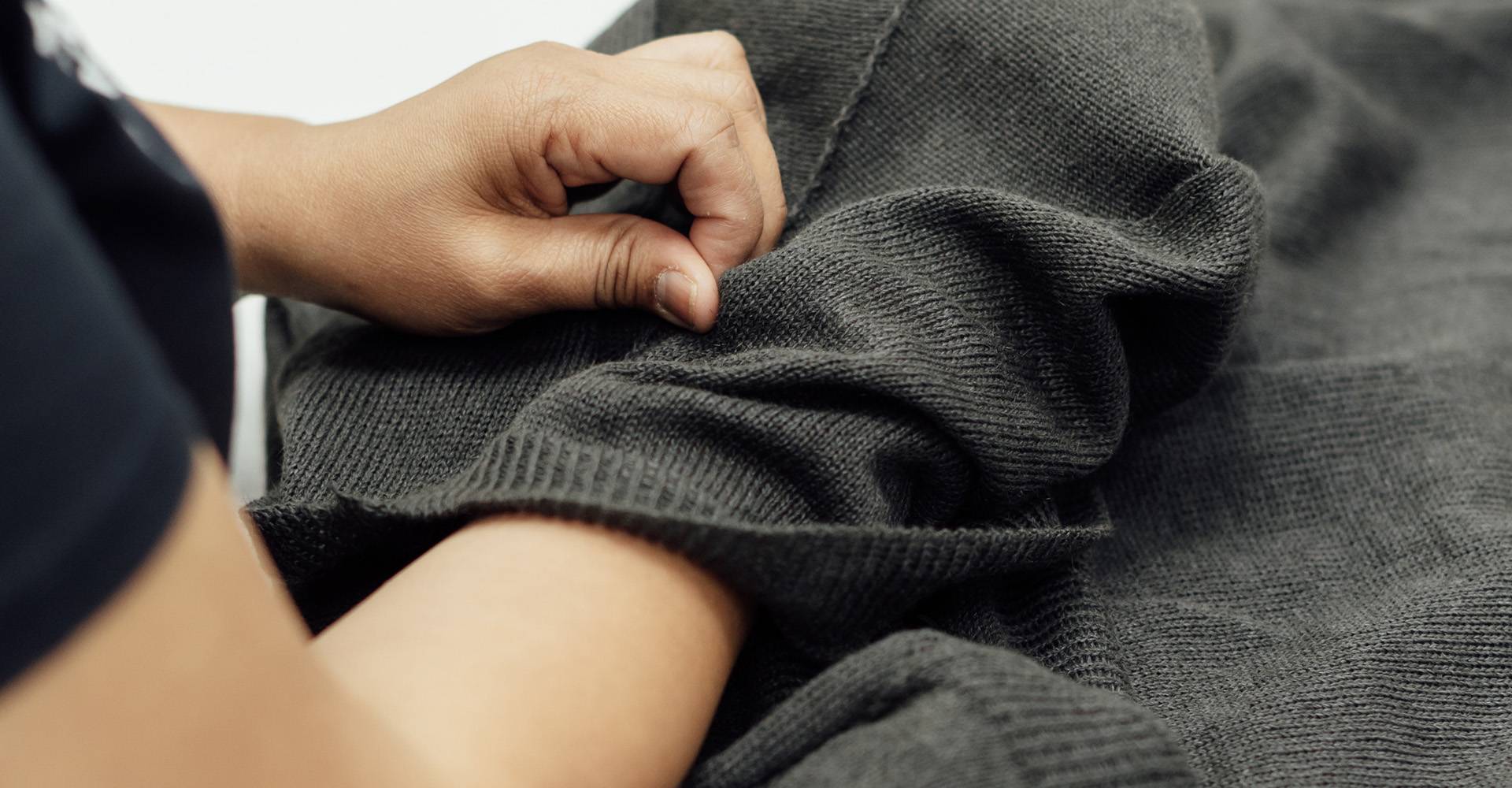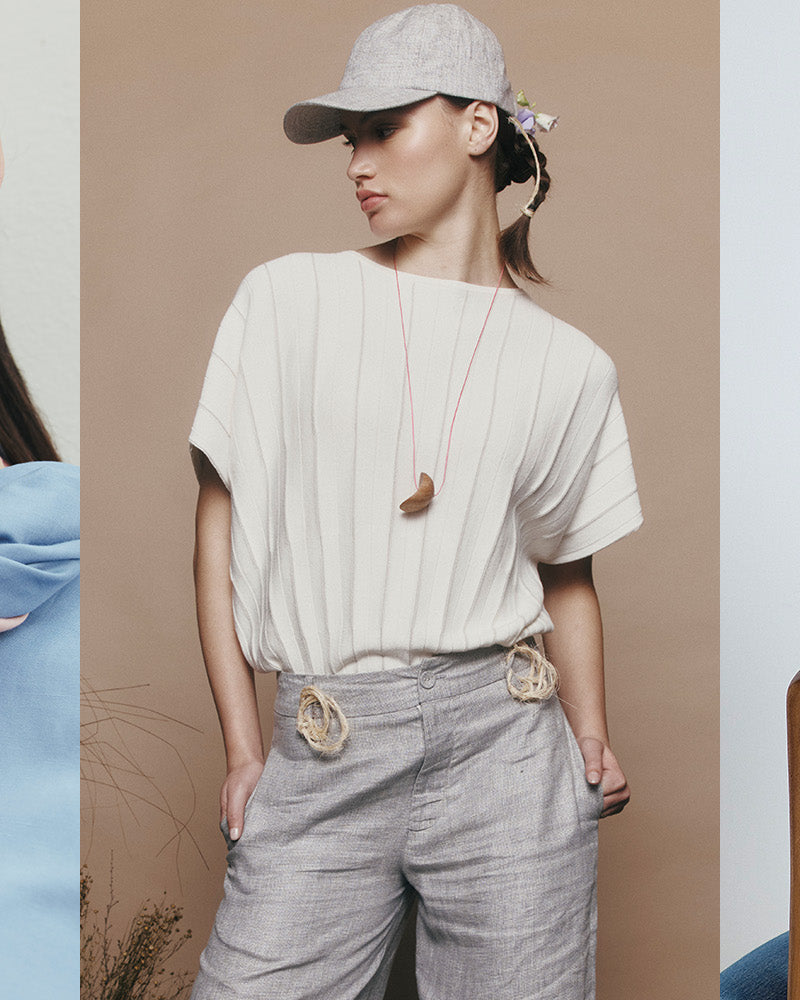Terms like ‘circular’, ‘circularity’, and ‘circular economy’ have become part and parcel of the sustainability conversation in recent years. But it can be hard to know what they really mean – especially when they’re so widely used and applied to a huge range of innovations, products, and brands.
We know how important understanding the language of sustainability is in making the right choices, so we want to dig down into the details and explain everything there is to know about the circular economy, and circularity.
What’s the circular economy?
The circular economy is a system that ensures nothing goes to waste, and all materials are kept in use for as long as possible. Currently, the world mainly operates under the linear economy, also known as the ‘take, make, waste’ model, whereby we take resources from the earth, make them into a product, then ultimately waste those resources when the product is discarded. A circular economy aims to remove waste from the equation.
It is based on three main principles:
- Eliminate waste and pollution
- Circulate products and materials at their highest value
- Regenerate nature
In practice, an item of clothing made and used according to those principles could look like this:
Organic cotton is harvested and made into a t-shirt using ecologically safe dyes. It is purchased, worn, resold, repaired, upcycled into something new, and then recycled back into a new t-shirt, and the offcuts made in creating the new t-shirt are used as compost to help grow more cotton.
The t-shirt is kept in use for as long as possible, using lots of different methods, and it also helps to regenerate nature at the end of its life. No waste is created, and nature gets a helping hand in the process. What more could you want?
What does it mean to be circular?
A circular item is made with a long life and end of life in mind. A circular product should be durable, reusable, repairable, and recyclable (or naturally degradable). That way it has as long a life as possible and, when it cannot be used anymore, there is a plan for it to become something else or return to the earth as nutrients.
Wherever possible, a circular product should not create any waste at any point of its manufacture, use, or disposal.
The circularity hierarchy
Because lots of factors, like reuse and repair, feed into circularity, the visualisation of the circular economy isn’t, in fact, a circle. Instead, it’s called a butterfly diagram. Different circular solutions are assigned different loops, and the smaller the loop, the higher the up the circularity hierarchy it should come.
As we can see from the right hand side of the diagram below (which is the side you’ll be most familiar with from your everyday actions), sharing and repairing should be considered long before recycling is. So, if a brand shouts about being circular but it relies only on recycling, then that’s a warning sign that they could – and should – be making more of an effort to be truly circular.

How is the circular transition going?
Given that circularity is mentioned quite so often, you’d be forgiven for thinking we’re well on our way in the transition to a circular economy. However, according to the Circularity Gap report, in 2023 the global economy was just 7.2% circular, and that had shrunk from 9.1% in 2018. That means that in 2023 nearly 93% of all materials extracted were either wasted, lost, or remained unavailable for reuse.
According to the researchers behind the report, to keep humanity within safe levels of activity for the planet, we would need to reduce global extraction and consumption by one-third. That sounds like a lot but it is achievable with a circular economy.
Why do we need a circular economy?
As we mentioned in our post on clothing waste, a rubbish truckload of clothing is either burned or landfilled every second globally. It’s an enormous waste of resources and it is highly polluting. Not only do the piles of clothes visibly pollute the environment of people in countries such as Ghana, Kenya, and Chile, they catch fire spreading toxic fumes from synthetic fabrics and they also shed microfibres into the local environment and waterways.
But waste isn’t the only reason we need a circular economy. A circular economy slows down use of natural resources, limits biodiversity disruption and habitat loss, saves water and reduces energy which is expended at every stage of a product’s life from the extraction of the new resource to the postage of the final product.
If a circular economy was implemented globally, virgin material extraction could drop by as much as 34% and that could reduce greenhouse gas emissions enough to limit global heating as well as returning other environmental boundaries to safe levels.
What can you do?
It’s undeniable that some of the solutions we need to increase circularity are highly technical but equally some couldn’t be simpler and in fact are quite old-fashioned. To contribute positively to the circular economy, you could:
- Learn how to do simple repairs or, if you already know how, teach someone else
- Sell or swap your clothes when you no longer want or need them
- Alter clothes that don’t fit or take them to a tailor
- Upcycle unwanted clothes into something new
- Shop secondhand
- Buy natural fabrics that will biodegrade and regenerate nature
- Buy clothes to last decades, not just a season
- Use truly worn-out clothes to patch other garments or as cleaning cloths
What are we doing?
We’ve always believed in being part of the solution, so we are making many efforts to contribute to the circular transition, and that starts at the design stage, before anything is produced. Designing for circularity means thinking about end of life from the start, and considering that in how the product will perform and what it’s made of. Our use of natural materials, for instance, means that at the end of their life our clothes can safely return to nature. But of course, we want them to last for as long as possible before that point, so we design them to be durable and thoroughly wear-test them before they hit the shelves.
We also offer mending and repair to extend the lifespan of our garments and keep them looking good as new. Whether it's fixing seams, replacing zippers, or patching holes, mends and repairs are carried out by the skilled artisans in our Christchurch workrooms who are experienced in bringing items back to their former glory.
We take action in our manufacturing process too. Leftover fine merino is used to create ultra soft beanies for babies in neonatal and other offcuts have been used to make zero waste kids collections. Smaller, unavoidable offcuts from wool and possum garments are sent to be recycled into home insulation, and in 2023 we launched our Rubbish Socks. Made from left-over pieces of knitwear that our team has collected from production runs, our Rubbish Socks are crafted by a spinner in Wellington who shreds the pieces and turns them into the yarn which becomes our socks. The recycling process is water- and dye-free too, so it’s great for nature.
Head over to our Instagram highlight to see how our Rubbish Socks start life and to learn even more about the circular economy, browse the resources we’ve gathered below:















